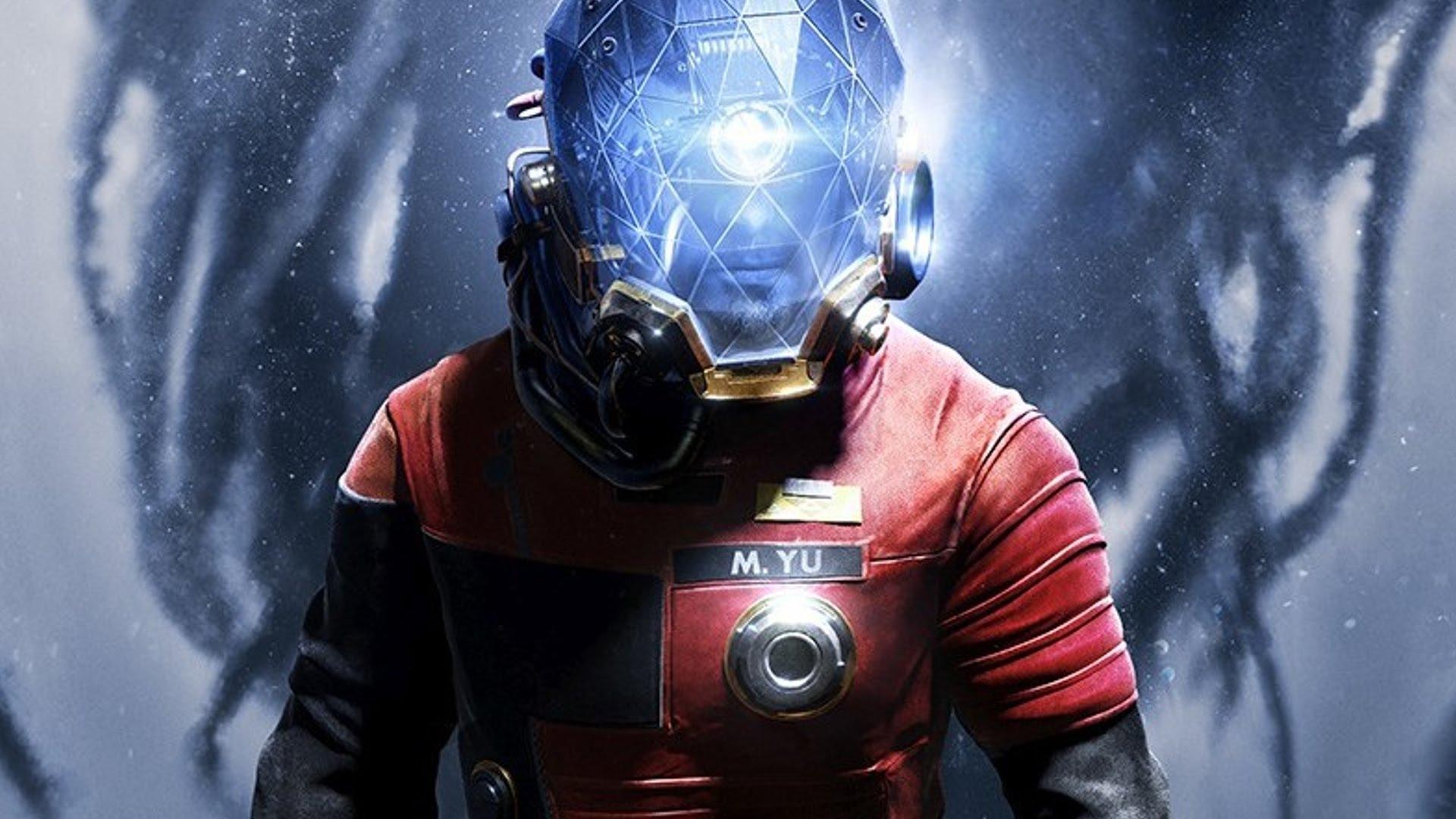Prey review: Discovering the familiar
Arkane/Bethesda - PS4 (reviewed)/Xbox One/PC - £39.99

Your support helps us to tell the story
From reproductive rights to climate change to Big Tech, The Independent is on the ground when the story is developing. Whether it's investigating the financials of Elon Musk's pro-Trump PAC or producing our latest documentary, 'The A Word', which shines a light on the American women fighting for reproductive rights, we know how important it is to parse out the facts from the messaging.
At such a critical moment in US history, we need reporters on the ground. Your donation allows us to keep sending journalists to speak to both sides of the story.
The Independent is trusted by Americans across the entire political spectrum. And unlike many other quality news outlets, we choose not to lock Americans out of our reporting and analysis with paywalls. We believe quality journalism should be available to everyone, paid for by those who can afford it.
Your support makes all the difference.When Prey originally reached Xbox 360, there was a lot to love. The horror/puzzler/first-person-shooter blended elements from various genres, leading to an unforgettable experience that was sadly never given a sequel.
There’s really very little linking that game to the 2017 release — a game that once again pits you against aliens, but loses the main character’s Cherokee heritage. Yet, despite being almost completely different to the original, Prey still feels all too familiar.
Talking in depth about the story would ruin many of the surprises Prey has to offer, one twist coming very soon into the opening scenes with further monumental turns coming further ahead. The basic story, though, centers around the character Morgan Yu (male or female), who finds him/herself stranded on a desolate space station, struggling to survive and with no memory of what happened.
Unfortunately for you, aliens have overtaken the ship, attacking all those on board. The station — Talos I — is primarily derelict; a haunted, beautiful art-deco carcass that borrows much from the likes of Bioshock. Those enemy aliens, of course, are trying to kill you. Your reaction? To fight back with various guns (and a handy wrench).
Named Typhoons, these aliens come in various shapes and sizes, but all are primarily black blobs. The most intriguing type are the Mimics, which morph into various objects. For instance, a coffee cup could turn out to be a Mimic. Those chairs, perhaps. Even a dearly needed Medkit can turn into a deadly trap.
Thanks to the nature of battling undifferentiated black blobs, things grow stale rather quickly. While the Mimics offer an element of horror and surprise, the other forms — primarily Phantoms — are simple cannon fodder, not helped by a slightly uninspiring combat system.
To begin, you have the interesting GLOO gun, which fires out huge blobs that can literally freeze enemies — glueing them together. Once ‘frozen’ players can use their wrench to shatter the enemy. However, when later game weapons — such as the trusted shotgun — are introduced, this method becomes ineffective in comparison.
There are upgrades and skills Morgan learns along the way, the best being mastering the powers of the Mimic. As you learn to transform, multiple new areas become accessible, allowing you to traverse more of the wonderful Talos I. Other powers also help deal with enemies, the Typhoons being exceedingly challenging at first, the learning curve being quite harsh.
While Prey offers much to praise, there’s a serious feeling of the familiar. As mentioned, there are huge parallels between the re-imagined game and Bioshock, both in aesthetic and play style. Then there’s Dishonoured, Arkane's other game, which feels remarkably similar but with better stealth aspects, along with Half Life (although, that’s mainly thank to the wrench).
Also annoying is how, when you progress further with Typhoon powers, the various turrets around the station begin to attack you. Travelling around the same places time and time again becomes slightly more infuriating. This particularly feels like a drag come the final third in, the horror element being somewhat lost as the game’s inventiveness dilutes. Luckily, Morgan and Talos I’s story pulls you forward — even if there’s something slightly familiar about it.
Join our commenting forum
Join thought-provoking conversations, follow other Independent readers and see their replies
Comments